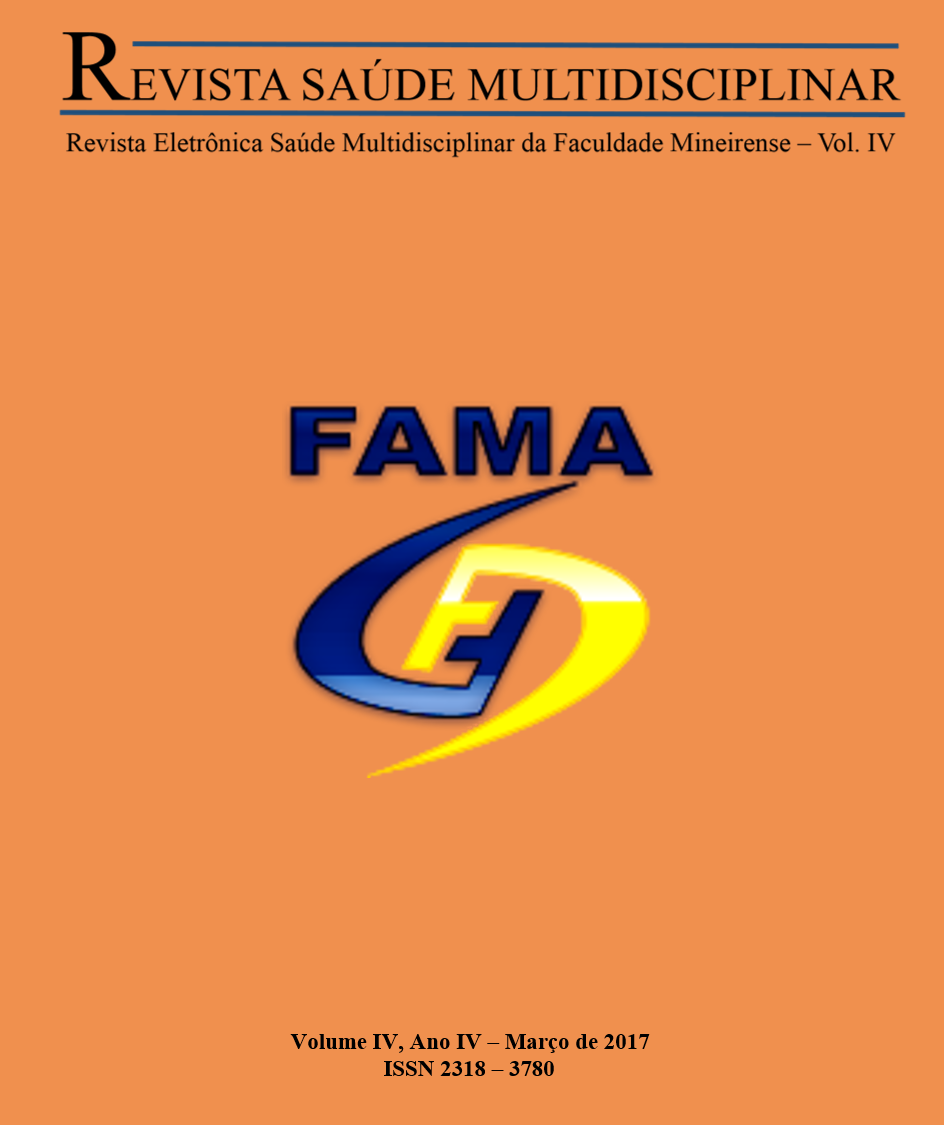Evaluation of a school of Mineiros - Goiás according to the Parameters of the National School Food Program (Pnae)
Keywords:
School feeding, recommended dietary allowances, macronutrients, micronutrientsAbstract
One of the functions of the National Program of School Feeding (PNAE) is to provide food adequate to meet the nutritional needs of the student in the period when he stays in school and contribute to healthy eating habits. To know the nutritional composition of school meals and to ascertain whether it complies with the PNAE recommendations, this study evaluated the menus practiced in school meals for five days in a public school in the city of Mineiros – GO. Preparation of school meals was accompanied and held the weight of all ingredients of preparations, discounting the weight of leftovers and debris. The amount of food produced and consumed per capita by students have been calculated considering the total that made your meal quantitative assessment of the nutrients of the five days of school menus and the results compared to the values established by PNAE was performed. It was found that the energy value (360.84 Kcal), carbohydrates (56.03 g), proteins (12.25 g), lipids (9.74g) fiber (0.74 g), vitamin A (41 55 µg), vitamin C (2.91 mg), calcium (46 mg), magnesium (16.89 mg) and zinc (1.78 mg) of offered menus met below the recommended by PNAE and only iron (2.48 mg) reached the recommendation. The ascertained inadequacies may be related to reducing the development of children and adolescents since this age group needs more demand for these nutrients. Therefore, the provision of a proper meal in schools can contribute to academic achievement and prevent nutritional deficiencies.









